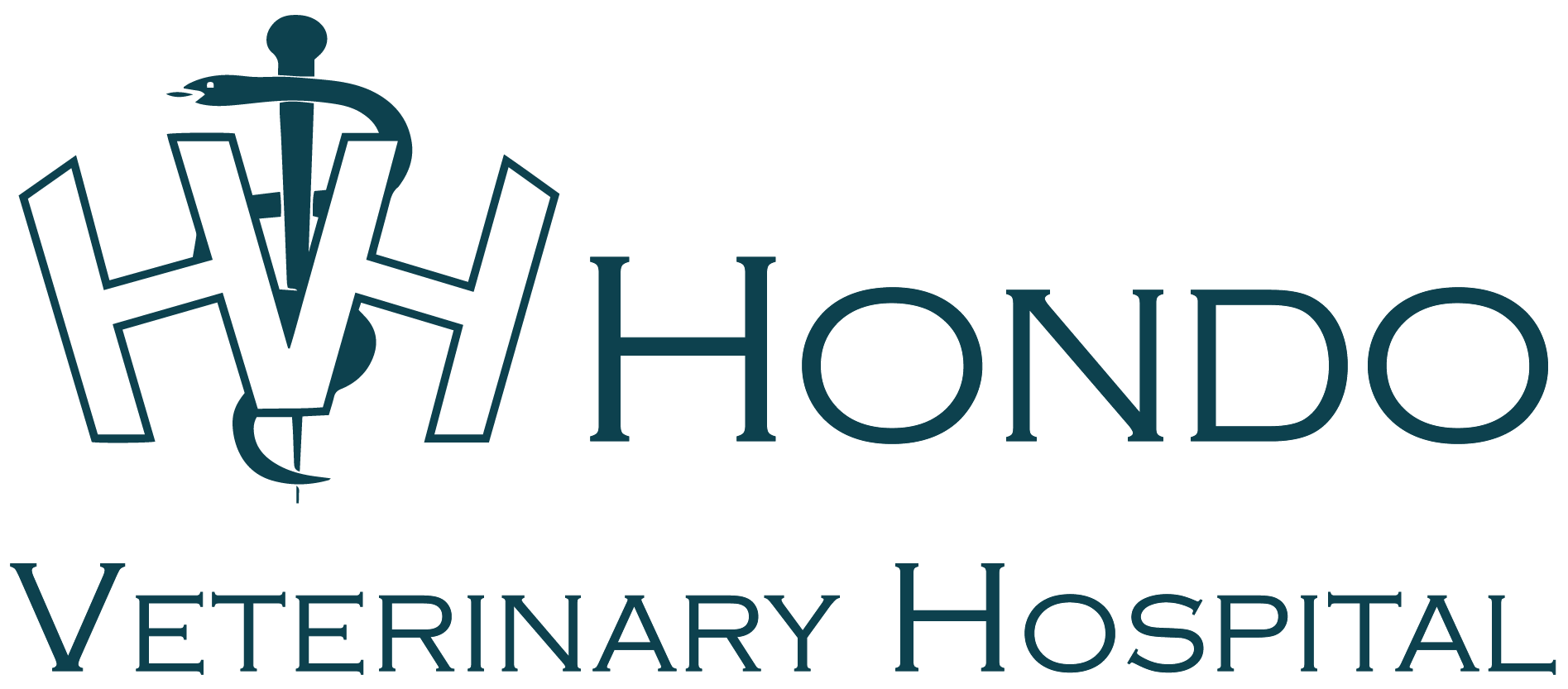Musculoskeletal
Home » Interactive Animal » Equine » Musculoskeletal

The musculoskeletal system allows your horse to move around in their environment. The anatomical design of the bones and muscles of the horse reflect the unique needs of the species.
- Intricate system of strong, light-weight tendons in the limbs to allow fast movement of the horse’s large body
- Sophisticated hoof design to absorb the pressures caused by the weight of the horse while moving
- Stay apparatus , a sophisticated network of muscles and tendons of the front and hind limbs, allows the horse to stand for long periods of time with minimal effort. The ability to rest while standing allows the horse to escape faster if a predator arrives unexpected.
Abnormalities of the musculoskeletal system include injuries (acute or chronic) and/or conformation problems.
- Conformation abnormalities
o Congenital: Angular limb deformities, Clubfoot
o Acquired: Knock knees, Bow legged, Cow-hocked; Upward fixation of the patella
- Degenerative conditions
o Osteochondritis dissecans (OCD)/Osteochondrosis: Shoulder; Stifle; Hock
o Osteoarthritis develops in overly stressed joints over time. Bucked shins. Splints. Bone Spavin.
o Patellar chondromalacia
- Fractures
o Forelimb: Humerus; Radius/Ulna; Carpus; Metacarpals; Splint bones; Sesamoid; First phalanx; Second Phalanx; Third Phalanx; Navicular bone
o Hindlimb: Femur; Patella; Tibia; Tarsus, Calcaneus; Metatarsals; Splint bones; Sesamoid; First phalanx; Second Phalanx; Third Phalanx; Navicular bone
o Spine: Cervical; Thoracolumbar; Sacrum; Coccyx
- Hoof problems
o Corns, Cracks, Quittor, Sheared heels, Sidebone
o Laminitis (Founder)
o Sole abscess, bruise
- Infectious diseases : viral, bacterial, Rickettsial; septic arthritis; osteomyelitis
- Metabolic and nutritional disorders predispose to injury
- Soft tissue (muscle and/or tendon) injuries and inflammatory conditions
o Forelimb: Bicipital bursitis, Sweeney, Superior check ligament strain, Bucked shins, Suspensory Ligament Desmitis/Rupture, Inferior Check Ligament Desmitis, Bowed tendons, Sesamoiditis, Chronic proliferative synovitis, Osselets, Ringbone, Pedal osteitis, Buttress foot, Navicular syndrome/disease
o Hindlimb: Hip dislocation; Round ligament rupture; Whorlbone lameness (Trochanteric bursitis); Myopathy: fibrotic and ossifying; Meniscal Tears (stifle); Peroneus Tertius Rupture; Thoroughpin (DDF tenosynovitis), Curb (Tarsal Plantar Desmitis); Cunean Bursitis; Bog Spavin; Stringhalt; Capped hock; Hock dislocation
o Spine: Sacroiliac dislocation
o Myositis: bacterial, viral
o Exertional Rhabdomyolysis (Monday Morning Sickness)
- Cancer
Surgical intervention may be needed in some cases of musculoskeletal disease. Recovery from musculoskeletal disease or injury requires a combination of pain management, farrier work, exercise restriction, rehabilitatitive care, and nutritional evaluation.
